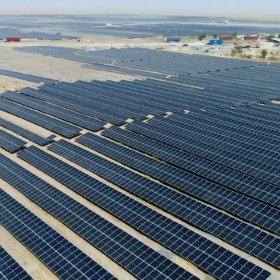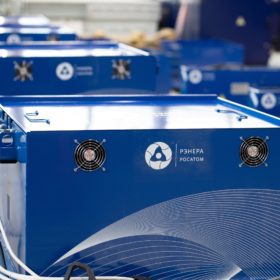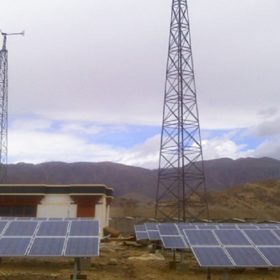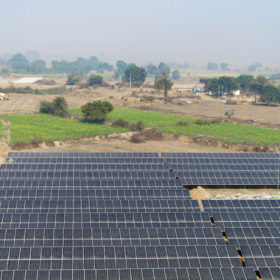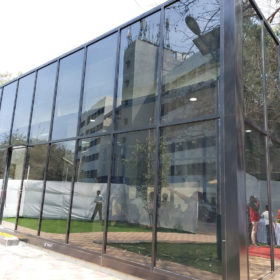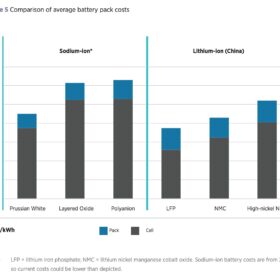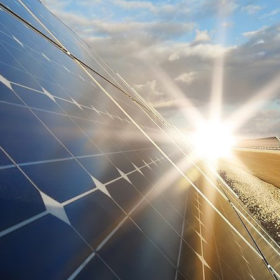ICRA-monitored solar PLFs remained stable in FY2021
The median plant load factors in the key solar power generating states remained largely stable varying between 17% and 20% across states, depending on the plant location and DC-AC ratio.
Modison Metals to expand into battery storage, EV charging in partnership with Russian firms
The electrical contacts manufacturer will join hands with battery storage firm RENERA and EV charger manufacturer L-Charge for its business expansion into these segments.
USA becomes 101st member of the International Solar Alliance
The International Solar Alliance is an international intergovernmental treaty-based organization headquartered in India that aims to reduce the cost of solar technology and mobilize finance to accelerate solar adoption in its member countries.
How PV performs close to radio, TV antennas
Researchers in Kenya have analyzed the performance of an off-grid PV system located near an isotropic antenna as an emitting source.
Reversing the crisis of climate change
We all should envisage a society in which everyone, including individuals and businesses, operate carbon neutrally, i.e., all entities reduce their carbon footprint by adopting sustainable practices.
International Solar Alliance forms advisory committee to mobilize US$1 trillion solar investment
The advisory committee will guide the International Solar Alliance on meeting its objective of mobilizing US$ 1 trillion investment in solar energy by 2030. Committee members include representatives from leading institutional investor like Africa50, CDPQ Global, IFC, the Development Bank of Southern Africa, Capricorn Investment Group, and Temasek.
Bidding extended for 200 MW solar in Uttar Pradesh
Developers now have until November 30 to bid for a cumulative 200 MW of grid-connected solar power projects to be developed in UP Solar Park located at Kanpur Dehat and Jalaun districts.
Shipping problems for First Solar but production line expansion is under way
The U.S. manufacturer has started building its third Ohio production base and has also begun ordering equipment to kit out its first factory in India.
Dispute resolution committee to look into commissioning extension for solar projects due before April
The ministry of New and Renewable Energy has empowered the Dispute Resolution Committee to look into commissioning extension requests for solar projects that are due for delivery before April 1 next year.
Moving from energy-efficient buildings to energy-generating buildings
To achieve the government’s ambitious renewable energy targets, and integrate the two growing sectors of infrastructure and construction and renewable energy, the existing policies and codes for green buildings need to be further enhanced. Most of these rules need to include specific details about energy generation. Right now, these are more to do with energy efficiency.
